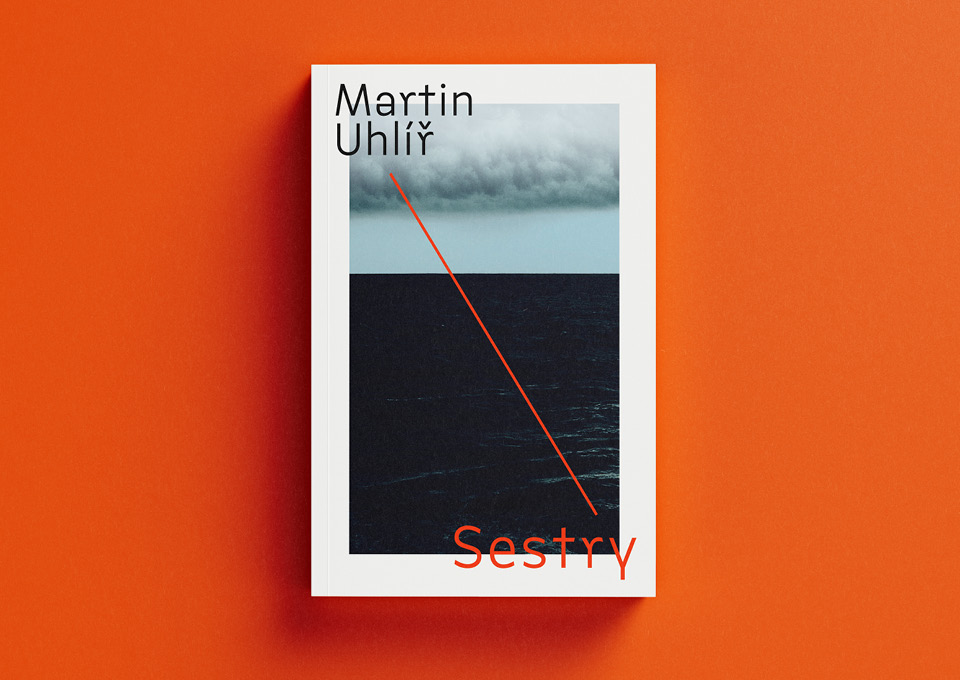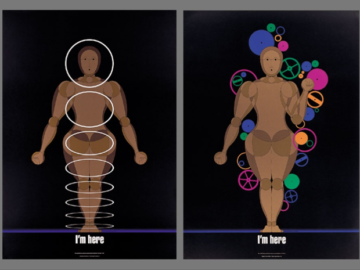Design is more than just a piece of art hanging on a wall or something on a TV screen. Everything we use in our lives is designed by someone, even something as mundane as headphones or the next greatest novel.
We have a stylish product presentation from Xiaomi Design Firm, showcasing their Bluetooth earbuds, “Mi Buds 3T Pro” (above). The firm’s packaging design team, led by head designer Lei Zhao, is known for their sleek packaging design with tasteful, clever imagery that ties into the project they’re working on, which is the case here; they wanted to clearly present the core function of the product while also creating a sustainable and satisfying unboxing experience for the user.
Made of smooth recycled paper material, the box’s outer surface is designed with a velvety matte sheen, and an image of the earbuds is front and center, surrounded by sound wave ripples as if they’re already playing music. Thanks to the box’s dark blue coloring, the design also looks like water ripples, and the team achieved a water effect by using embossed printing to make the design appear as if it’s moving under the light. The unique and eco-friendly use of a ripple motif continues inside of the box, where the cobblestone-shaped earbud case is elegantly secured in custom paper inserts patterned to look like the case is seemingly emerging from the shimmering rippled design. Mi Buds 3T Pro is a stunning example of when artistic and efficient design meets, creating an unboxing experience that engages the user from sight to touch.






